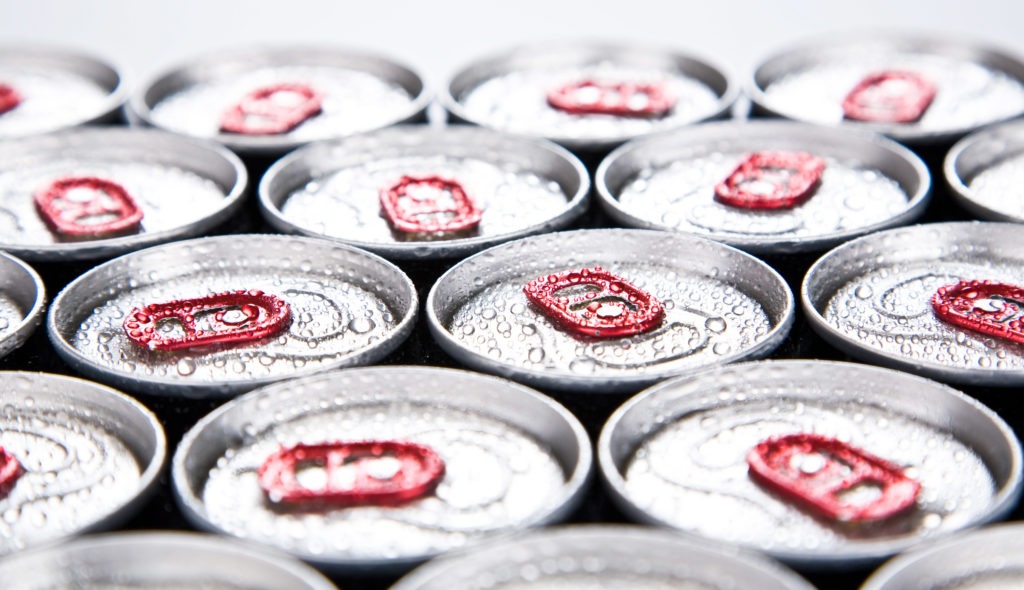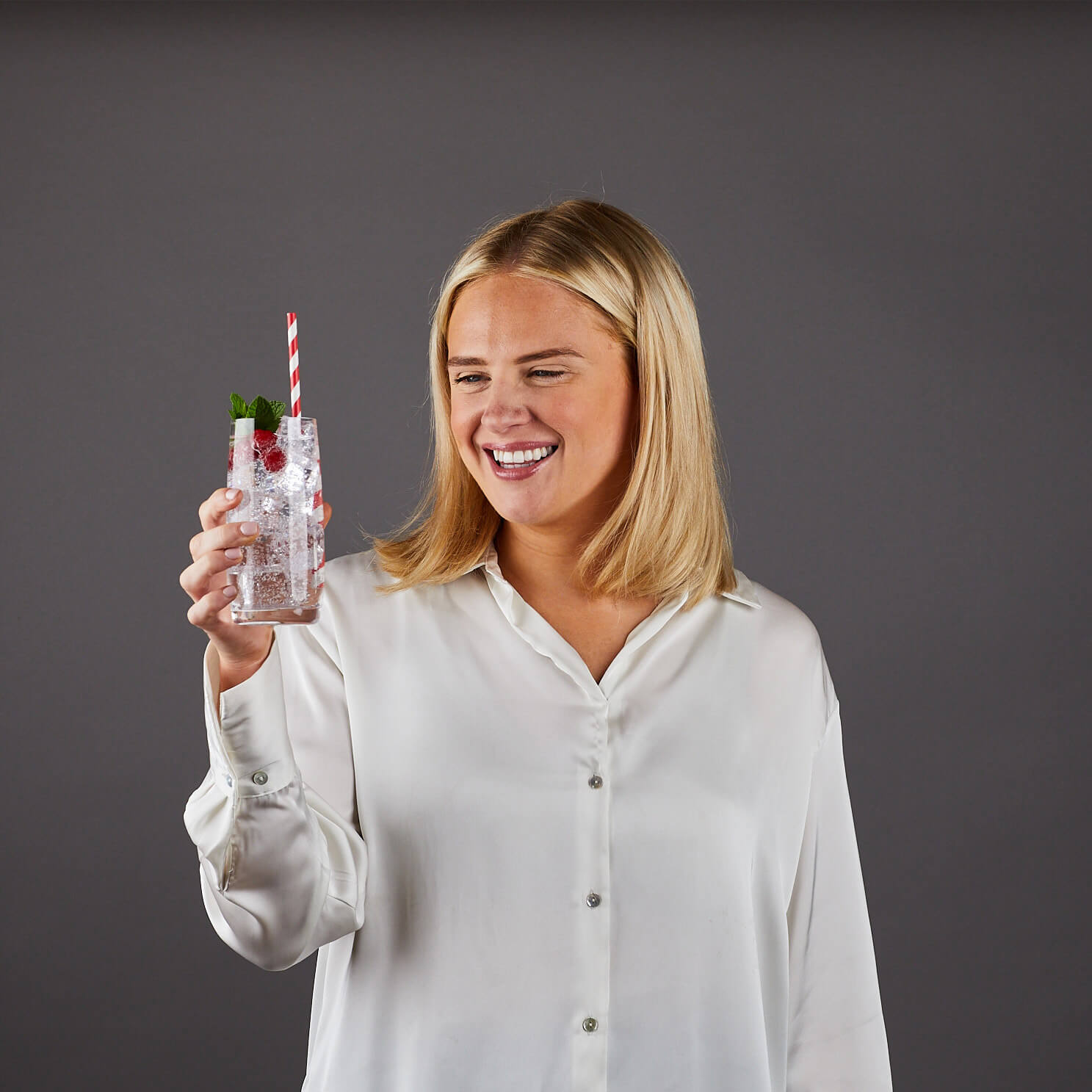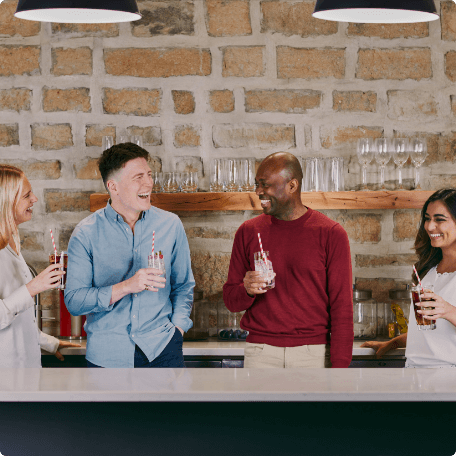What sets a beverage brand above the rest?
Posted in Industry News
It’s difficult enough to create a drink that sells, but creating a super brand involves a lot more than just a great tasting beverage. Any big brand, whether it be Coca-Cola, Red Bull, or more recently, Fever Tree, can be replicated in terms of their product, but it is the image and culture that really creates global success.
Below are a few of the lessons we have learnt from the big names in the drinks industry:
Be consistent
No successful drinks brand has achieved market share by continually changing their marketing approach. Companies need to be consistent in everything they do, from their recipes to their marketing approach.
In order to have a lasting impression on your customers, you need to dedicate yourself to your brand and run with it. Coca-Cola has been around since 1886, and the brand’s DNA has barely changed. The colour red, along with the taglines “Happiness” and “Enjoy” are immediately associated with Coke. So rather than just being a great tasting drink, Coke has achieved the ability to make its consumers feel sense of pleasure while drinking their beverage.
Create a culture people want to be a part of
“Red Bull Gives you Wings”. A 5 worded phrase that immediately tells you everything you need to know about the company. The drink itself was the first energy drink of its kind, and set itself apart even more by associating with the extreme sports industry.
In actual fact, Red Bull lives and breathes this adventurous spirit right down to its corporate culture. Employees are rewarded with free flying lessons, and the head quarters are described as being “more of a night club than office”.
This unique culture creates an attractive image to consumers, who not only enjoy the taste of the drink, but also want to be a part of the daring & adventurous spirit that is, Red Bull.
Find your “In” and go for it
It is important for any new brand to differentiate itself from others already on the market. There is no point in competing with well-established brands if you don’t have anything new to offer to consumers.
Fever Tree displays a great example of this. Before Fever Tree entered the market, Schweppes dominated in tonic sales. Many thought it was crazy to try and compete with Schweppes, but the founders of Fever Tree, Charles Rolls & Tum Warrillow, noticed a lack of premium tonic. Their proposition stated, “If three quarters of your gin and tonic is tonic, make sure you’re using the best”. Simple? Yes. Effective? Completely. Fever Tree now sells over 60 million bottles of tonic a year, and dare to say have overtaken Schweppes in the premium tonic market.
Get with the times
We are well and truly in the 21st century, with social media being one of the most important marketing tools for beverage brands. It is without question that brands now-a-days need to make it top priority to have a high social media presence. It can do wonders for your brand and allow you to reach an enormous audience in seconds, which was never before possible.
Innocent Drinks topped the Hot 100 Social Media list, and stated that the key to their success was their consistent tone of voice, which personifies the brand online. Rather than just responding to messages, Innocent create conversation and draw people in, creating a space where everyone can interact in a fun and safe environment. In doing this, Innocent create a positive perception of their brand to the general public, swaying them to buy their product when left with a choice at the supermarket.
Stick with your instinct
It’s never going to be easy to create a successful beverage brand. It takes a lot of hard work and a little bit of luck, so a helping hand should never be declined. Our job at CO2Sustain® is to ensure a faster and more seamless bottling process to allow you to get your delicious drinks out to your consumers faster and more efficiently.
Contact us today if you want to see how CO2Sustain® adds a Sensational Sparkle to your drink. Call +44 113 205 0971




